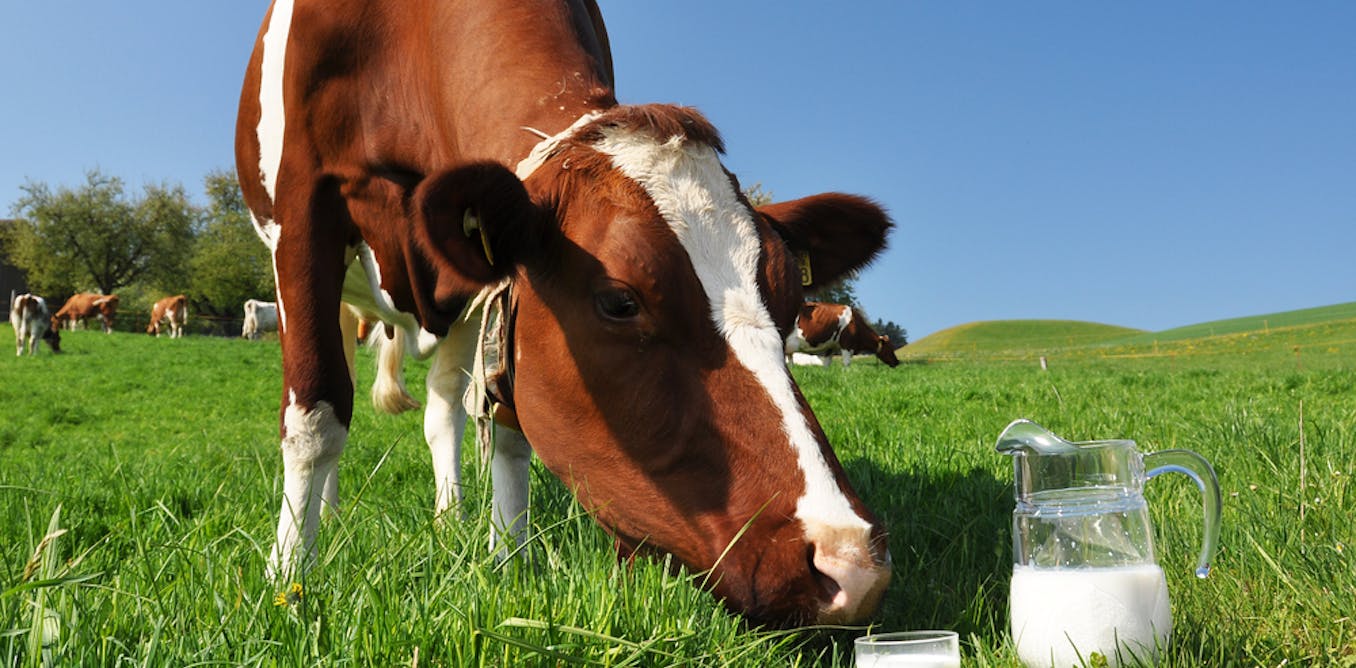- Select a language for the TTS:
- UK English Female
- UK English Male
- US English Female
- US English Male
- Australian Female
- Australian Male
- Language selected: (auto detect) - EN
Play all audios:
Access through your institution Buy or subscribe Understanding how the same DNA sequence instructs an abundance of transcriptional programmes associated with different cell states cannot be
complete without considering epigenetics. The ability of cells to commit and memorize specific epigenetic programmes is essential for the construction of complex tissues and organs during
development. However, because transcriptional and epigenetic changes go hand in hand, determining the roles of epigenetic mechanisms in cell state acquisition remains a notoriously difficult
task. During my undergraduate studies, I stumbled upon a landmark paper from the lab of Howard Cedar, which sparked my long-term interest in this problem. This study aimed to address how
genome-wide DNA methylation patterns are established and instructed by the DNA sequence. In vertebrates, 5-methylcytosine occurs mainly in the context of CG dinucleotides, and somatic cells
present a bimodal landscape of methylation: the bulk of the genome comprises low-density CG sequences and is uniformly decorated by methylation, whereas high-density CG regions, termed CG
islands (CGIs), are largely hypomethylated. The coupling of methylation maintenance to DNA replication provides a simple and robust mechanism for epigenetic memory across cell divisions.
Yet, an unresolved question was how the bimodal methylation landscape is initially installed in the early embryo. Utilizing the ability of mouse embryonic stem cells to methylate and
demethylate exogenously introduced genomic sequences, the authors showed that an isolated 5′ region of the _Aprt_ gene contains all the necessary information to be recognized as an
endogenous CGI. When introduced unmethylated to the cells, the sequence remained hypomethylated. But when the same sequence was introduced fully methylated, it underwent substantial
demethylation. A major finding of this study was the identification of sequence motifs that recruit the Sp1 transcription factor to the _Aprt_ CGI. In turn, the binding of Sp1 was shown to
protect the CGI from acquiring de novo methylation in stem cells and embryos. This principle proved to be a general mechanism by which trans-acting factors establish the stereotypic
methylation landscape observed in differentiated cells. This is a preview of subscription content, access via your institution ACCESS OPTIONS Access through your institution Access Nature
and 54 other Nature Portfolio journals Get Nature+, our best-value online-access subscription $29.99 / 30 days cancel any time Learn more Subscribe to this journal Receive 12 print issues
and online access $209.00 per year only $17.42 per issue Learn more Buy this article * Purchase on SpringerLink * Instant access to full article PDF Buy now Prices may be subject to local
taxes which are calculated during checkout ADDITIONAL ACCESS OPTIONS: * Log in * Learn about institutional subscriptions * Read our FAQs * Contact customer support REFERENCES ORIGINAL
ARTICLE * Brandeis, M. et al. Sp1 elements protect a CpG island from de novo methylation. _Nature_ 371, 435–438 (1994) Article CAS PubMed Google Scholar Download references AUTHOR
INFORMATION AUTHORS AND AFFILIATIONS * Department of Molecular Cell Biology, Weizmann Institute of Science, Rehovot, Israel Yonatan Stelzer Authors * Yonatan Stelzer View author publications
You can also search for this author inPubMed Google Scholar CORRESPONDING AUTHOR Correspondence to Yonatan Stelzer. RIGHTS AND PERMISSIONS Reprints and permissions ABOUT THIS ARTICLE CITE
THIS ARTICLE Stelzer, Y. Instruction of epigenetic states from DNA sequences. _Nat Rev Mol Cell Biol_ 24, 164 (2023). https://doi.org/10.1038/s41580-023-00577-z Download citation *
Published: 16 January 2023 * Issue Date: March 2023 * DOI: https://doi.org/10.1038/s41580-023-00577-z SHARE THIS ARTICLE Anyone you share the following link with will be able to read this
content: Get shareable link Sorry, a shareable link is not currently available for this article. Copy to clipboard Provided by the Springer Nature SharedIt content-sharing initiative





